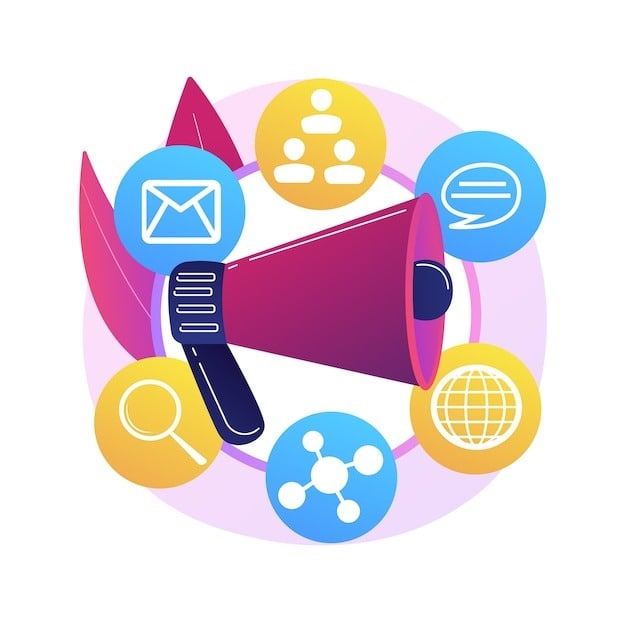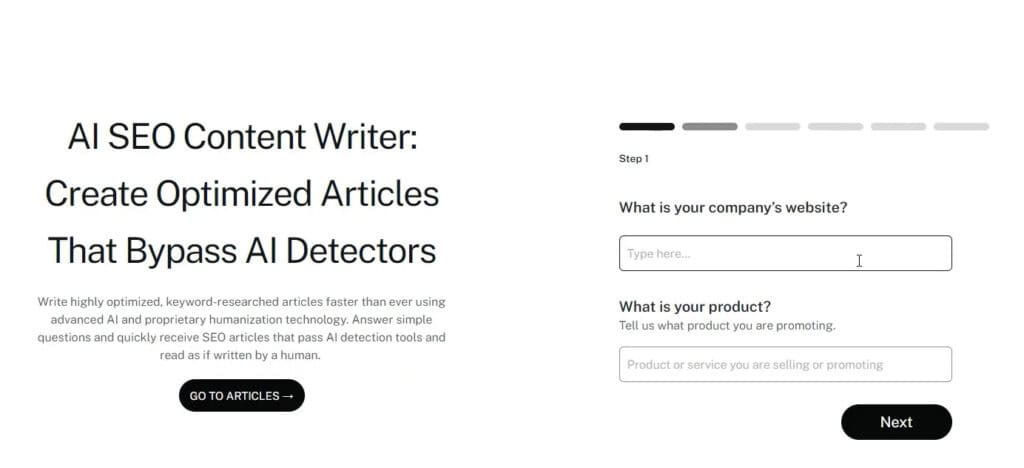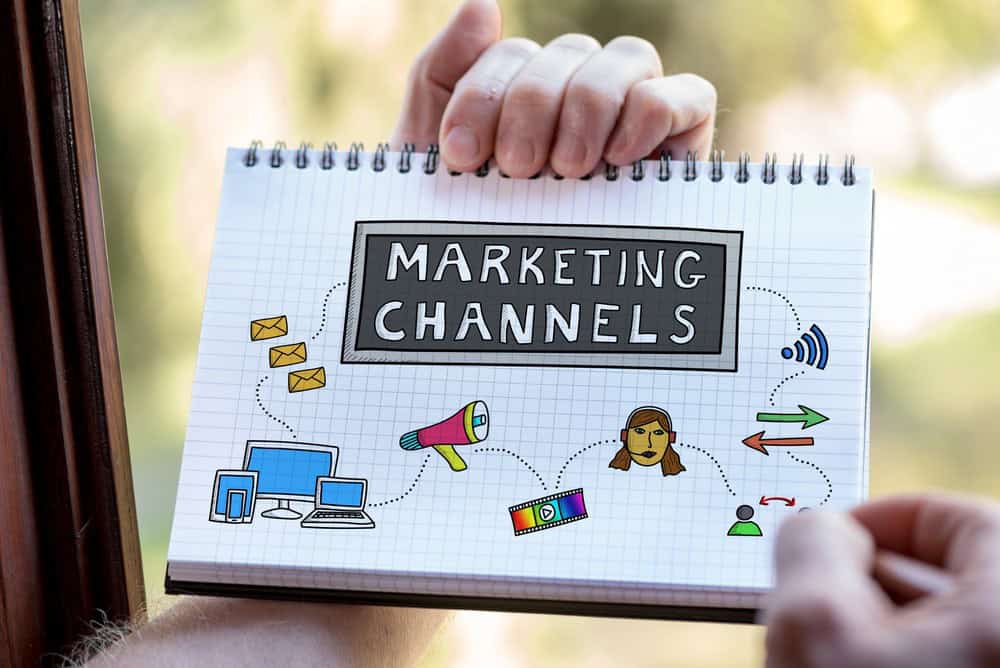A fisherman who casts just one fishing line in a small pond may or may not catch a fish.
But if he uses multiple nets in different fish-abundant locations, he’s likely to land on a great catch.
That, my friends, is the importance of using marketing channels.
In the past, marketers had only a handful of channels to reach their audience.
But in today’s digital age, there are infinite ways to connect with customers and grow a brand.
However, many people still overlook the importance of choosing the right marketing channel. Believe me, it’s the one thing that can make all the difference between success and wasted effort.
In this blog, I’ll explain what marketing channels are, the best types available, and top strategies to help you maximize your reach and impact.
Let’s dive right in!
What are Marketing Channels?
A marketing channel is the medium that connects you with your customers.
It is a bridge that brings your business closer to the people who need your products or services.
It can be anything that helps you get noticed.


Never Worry About AI Detecting Your Texts Again. Undetectable AI Can Help You:
- Make your AI assisted writing appear human-like.
- Bypass all major AI detection tools with just one click.
- Use AI safely and confidently in school and work.
For example, a catchy billboard on a busy street, an email landing in someone’s inbox, or even a social media post that grabs attention.
But what shots to call when it comes to choosing a marketing channel?
Well, history has proved time and time again that it’s always a better idea to opt for a multi-channel approach.
Let’s go back to the fisherman example I gave above.
Using multiple nets in different locations (more than one marketing channel) allowed the fisherman to reach and engage with more audiences (fish).
With a multi-channel approach, you don’t just put all your eggs in one basket and wait for the results.
Instead, you diversify your risk and optimize your strategy by touching different segments.
How Marketing Channels Influence Customer Journey & Sales
A customer doesn’t just buy a product the moment they see it (Nobody does unless, of course, you’re a millionaire).
Instead, they go through different stages before making a decision.
At each stage, they come across your brand through different marketing channels.
If you understand which channels work best and when to use them, you can use customer data to improve their experience at every step.
This is what will ultimately convince them to buy from you.
Here are some stages of the customer journey.
1. Awareness Stage
This is a potential customer’s first interaction with your brand.
They could’ve stumbled across a social media ad or heard someone talking about your products and services.
Since it’s their introduction to your brand, make sure to make a lasting impression because, as you guessed it right, the first impression is the last impression.
2. Consideration Stage
Now aware of your brand, the potential customer will start comparing their options.
Here’s what your potential customer will do at this stage. They will:
- Research your products
- Look for reviews
- Review pricing
- And may even subscribe to your newsletter.
If you’re in a competitive industry, your potential customers might also research your competitors to see what’s best for them.
So you need to bring your A game to convince customers why you’re a better choice.
3. Decision Stage
After repeated encounters with your brand, the customer finally realizes your offerings fit their criteria. They decide to purchase your product.
After the purchase, you can nurture this relationship via email, SMS, social media, and targeted call follow-ups using predictive dialer software. The skilled white label marketing services provider create email campaigns, and the reseller adds their branding to reports, strategies, and the emails themselves.
Types of Marketing Channels (with Examples)

To know what marketing channels are the best for your business, you first need to identify the various types of marketing channels out there.
Let’s categorize them all into three broad categories:
- Digital Marketing Channels
These channels present a way to reach your audience and promote your products over the internet.
In fact, they are also more efficient than traditional marketing channels.
Think about it: when was the last time you met someone who didn’t own a smartphone? Exactly, we know it’s been that long.
The truth is, everyone lives their life on the internet today.
And the numbers prove it! A report by Research and Markers shows that the global digital marketing and advertising market is expected to reach $1.1 Trillion by 2030.
Some digital marketing channels examples include the following:
- Social media marketing
- Influencer marketing
- Email marketing
- Content marketing
- Traditional Marketing Channels
It’s true that digital marketing has become a lot more popular than traditional marketing channels over the last decade.
But it certainly doesn’t mean that traditional marketing channels are no longer used.
Some people still watch TV, read newspapers and magazines, and some even listen to the radio (I know you raised your eyebrows there).
These channels are perfect for conveying a mass message to certain demographics.
It’s also considered quite credible among other forms of marketing.
After all, if putting up a billboard at Times Square isn’t a problem for a brand, they must be selling something successful!
Other examples of traditional marketing channels include:
- Newspapers and magazines
- TV and radio
- Telemarketing
- Omnichannel & Hybrid Marketing Strategies
Omnichannel marketing, or hybrid marketing, is a carefully curated strategy to ensure your customers have a smooth and connected experience with your brand, no matter where they interact with it.
Instead of running the same ad everywhere, you tweak your message to fit different platforms.
This way, your brand stays in front of your customers naturally and without bombarding them with the same thing over and over again.
The thing is, customers today don’t just use one platform.
Instead, they jump between apps, websites, and stores.
If your business isn’t creating a smooth, connected experience, they’ll lose interest and move on.
For example, let’s just say a customer sees your ad on Instagram for a pair of sneakers and clicks on it but doesn’t buy anything.
Later, they visit your website, browse a bit, and leave.
A few days later, while scrolling Facebook, they see a retargeted ad highlighting your customer reviews for the sneakers.
Finally, when they visit your physical store, the sneakers are prominently displayed along with complementary accessories as part of your curated in-store promotion that aligns with their online interests.
This is how they would feel like they’re interacting with one brand and not disconnected ads or random sales pitches.
How to Choose the Right Marketing Channels for Your Business
When it comes to picking out marketing channels for your business, just remember one thing: What’s good for the goose isn’t always good for the gander.
Meaning? Every business is different.
What might seem to be doing wonders for someone else’s business may be a bad option for you.
Here are some factors you should consider when choosing marketing channels.
Identifying Your Target Audience & Buyer Personas
A successful marketing campaign starts with identifying your audience.
You must choose a marketing channel your audience effectively uses.
For example, running a TV ad during the daytime to promote a fitness app for young professionals won’t reap good returns.
Why? Most of your audience would be at work and will likely not watch TV at all.
Evaluating Your Budget & Resources
Your budget is a major deciding factor in choosing your marketing channels.
Think about how much you can spend and which options will give you the best return.
Marketing also takes time and effort.
Some platforms need more attention than others, so be realistic about what you can handle.
It’s better to do really well on a few platforms than to be everywhere and struggle to keep up.
Measuring Marketing Channel ROI & Effectiveness
Think about how much work each platform would need to actually work.
For example, SEO or email marketing takes quite a long time to build up before you start seeing results.
On the other hand, social media ads could bring you quick wins, but they might not last. To maximize their impact, you need to analyze performance and adjust your strategy. A useful approach is to connect Google Ads to Google Sheets, allowing you to track key metrics in real time and optimize your budget.
The best marketing channels for you depend on whether you’re looking for fast sales or long-term growth.
Common Mistakes to Avoid When Selecting Marketing Channels
People think picking marketing channels is the easy part, but that’s where most go wrong.
A bad choice can mess up your whole campaign.
Here are some common pitfalls to avoid.
Flying Blind Won’t Get You Far
You can’t just pick a channel and hope for the best. You need to track how well it’s working.
Otherwise, how will you know if you are reaching your audience? Or if you’re getting the desired results?
Without tracking and testing your progress, you’ll keep using channels that are merely a waste of time and money.
Don’t Bet the Farm on One Horse
Relying too much on one marketing channel can be risky.
If that channel stops working, your sales could take a big hit.
It’s always smart to spread your efforts across multiple platforms so you can reach more people and keep your business running smoothly.
Don’t Let Your Message Get Lost
If you want your campaign to be a success, your marketing should feel connected, not scattered.
The channels you choose must support each other and match your brand’s style and voice.
Failure to do that will make your campaign feel inconsistent or confusing to your audience.
How AI Can Optimize Marketing Channel Strategies
Sometimes, optimizing your marketing channels can feel overwhelming.
You need content that’s engaging, hits the right pain points, satisfies the search engine’s requirements, and the list goes on.
What if we told you there’s a way to make this less hectic?
These brilliant tools by Undetectable AI can make your marketing channel strategies more effective with fewer efforts!
AI Humanizer
If you don’t have a copywriter or yours suffering from severe writer’s block, make an AI tool like ChatGPT to write your copy and just tweak AI-generated content with the AI Humanizer tool.
It will make your text sound natural and more human-like!
Paraphrasing tool

You don’t need to write different content for each channel.
You can simply repurpose it by using this Paraphrasing tool. It will rewrite text without changing the original meaning.
AI SEO Content Writer

This AI SEO writing tool by Undetectable AI can help you craft SEO-friendly content that ranks higher on search engines and attracts organic traffic.
You can explore these and more such tools at Undetectable AI.
Conclusion
Every marketing channel responds differently to a different brand.
The only way to know if you made the right choice is by testing the waters yourself.
Choosing marketing channels and coming up with strategies is not guesswork.
It takes time, effort, and resources.
There’s a lot of trial and error involved, but once you find the right mix, it’s worth it.
Hopefully, this guide will help you get started on your next successful marketing campaign.
And if you ever need a little extra support, Undetectable AI has some great AI-powered tools to make the process easier.
